What Is Quince Fruit? (Don’t eat it uncooked!)
Quince is a lumpy pear-shaped fruit that when ripe is nearly identical in color to a Golden Delicious apple. Unlike apples and pears, a ripe quince has a hard texture; if you find a soft one, it’s tipped over the edge from ripe to rotten. The skin is thin, and if you cut into it, the flesh is tough and spongy. This may sound unappealing, but the fruit’s tempting fragrance makes up for it. Quince smells like a vanilla-scented orange.
Pro Tip
Quinces are available in supermarkets from September through December. To choose the best quince, look for large, firm fruit that is yellow with little or no green color. Wrapped in plastic, they can keep in the refrigerator for up to three months.
The Fruit’s Famous History
Quince is one of the most famous fruits in the world, and yet many people have never heard of it (and fewer have tasted it)—mostly because the apple seems to have stolen its identity. Odds are that the famous apples in both the Garden of Eden and the Song of Solomon were actually references to quinces. For the ancient Greeks, the quince became associated with love and fertility. It was a staple ingredient in wedding feasts and cakes—and often the fruit would be tossed to newly wedded couples as a token of commitment.
How to Eat Quince
Quinces are almost completely inedible until they’re cooked. With its amazing aroma, you might be tempted to scoop one up and bite into it. Resist. Seriously. In most parts of the world, the tough, spongy flesh of a quince has an astringent, sour taste. But when they’re cooked? That’s when the magic happens. Quince is one of those curious fruits, like persimmons, that requires a little bit of effort—but the payoff makes them worth the trouble. Quince’s high pectin content makes it ideal for jams and jellies. One of the most widely known uses of quince is as a firm paste (called membrillo in Spain and Pate de Coings or Cotignac in France) that’s served in slices with cheese or crisp bread; look for it in gourmet or specialty shops. They are often poached or baked in order to be used.
Ideas on how to enjoy
Quince With Cipollini Onions and Bacon Recipe - NYT Cooking (nytimes.com)
Source: Taste Of Home

